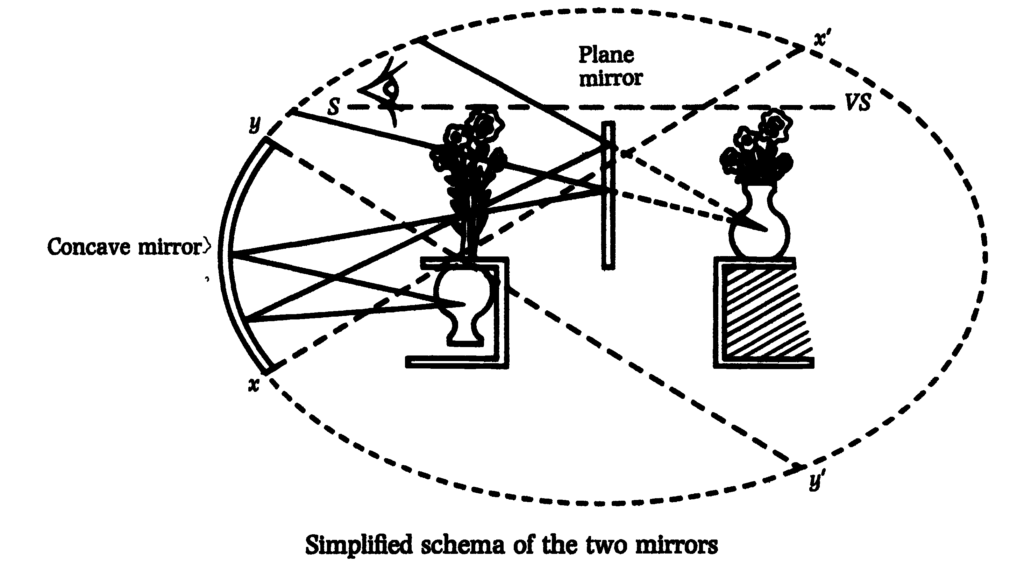The change of the content of an instinct into its opposite is observed in a single instance only the transformation of love into hate. Since it is particularly common to find both these directed simultaneously towards the same object, their coexistence furnishes the most important example of ambivalence of feeling.
Sigmund Freud, “Instincts and their vicissitudes” (1915) in The standard edition of the complete psychological works of Sigmund Freud vol XIV, Trad. James Strachey, The Hogarth Press, London, 1957, p. 133
La transformation d’une pulsion en son contraire (matériel) ne s’observe que dans un cas, celui de la transposition de l’amour en haine. Amour et haine se dirigeant très souvent simultanément sur le même objet, cette coexistence fournit aussi l’exemple le plus important d’une ambivalence du sentiment.
Sigmund Freud, “Pulsions et destins des pulsions” (1915) in Métapsychologie, Folio Essais, Gallimard, 2010, p. 33

